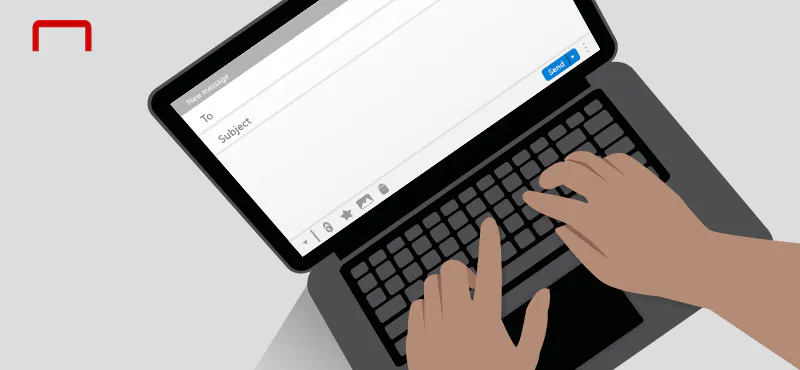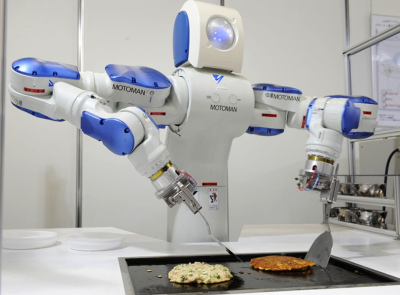Here's how to write emails

Emails have become a powerful tool since this is an era with need for instant communication. Emails can be used for both formal and informal communication. Here are a few tips on how to write them.
While writing an email, it is important to have an appropriate subject line, which states the topic and purpose. It conveys in just a couple of words or a phrase what the mail is about. Greeting - and closing- should be courteous. The content should contain short sentences and must be to the point. The font should be readable, and paragraphs should be small for easy reading. The email ends with the sender’s name. Formal mails additionally contain details such as designation, organisation address, contact number, etc.
Emails should be edited and proofread before being sent.
Sample of a formal email
Subject: Reservation of room at your hotel
Dear manager.
I am writing to make a reservation at your hotel for the next weekend. I require a double room for a family of three.
Kindly confirm my booking at the earliest
Yours faithfully
XX.
Sample of an informal email
Subject: Visiting Bengaluru
Hi,
I am really happy to tell you that I will be visiting Bengaluru next weekend. My parents and I are coming there to attend a close relatives wedding on Saturday. I will be visiting you on Sunday. We could meet our friends and have an outing together. I am sure we will have a great time.
Looking forward to meeting you.
Best wishes,
XX
Picture Credit : Google
